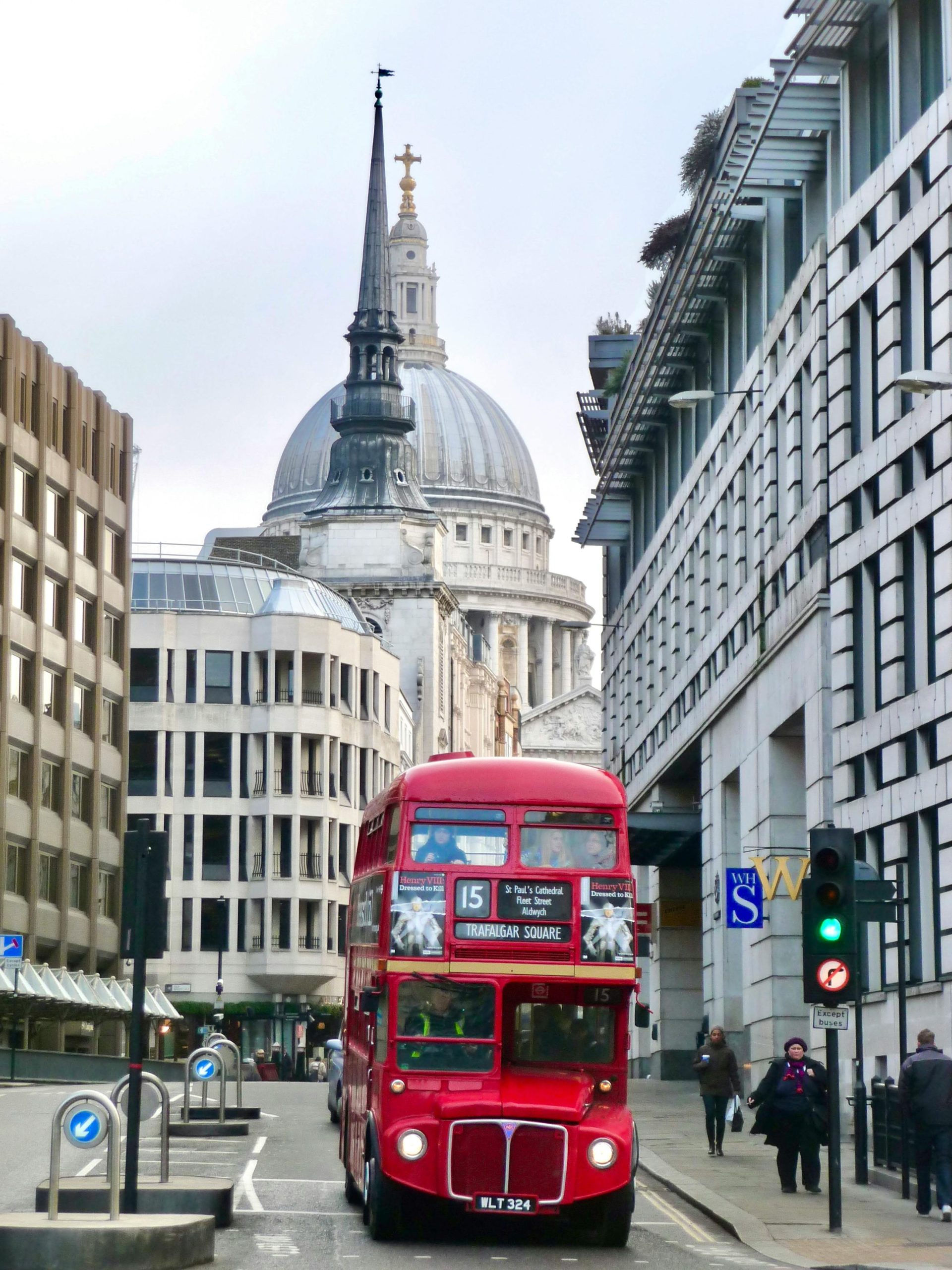Understanding the Pricing Strategies of London’s Major Tourist Attractions: A Closer Look
London is renowned worldwide for its rich history, iconic landmarks, and vibrant culture. From the majestic Tower Bridge and historic Westminster Abbey to the awe-inspiring St. Paul’s Cathedral, the city’s attractions draw millions of visitors each year. However, a common question among residents and tourists alike pertains to the pricing policies of these sites: why are many of London’s key attractions not universally free or heavily discounted for London residents, unlike other popular destinations across Europe and the Middle East?
A Comparative Perspective
In many European cities and Middle Eastern destinations, major cultural and historical sites often implement strategies to make local access more affordable. These may include free entry for residents, discounted tickets, or special programs aimed at fostering local engagement with heritage sites. Such initiatives serve to promote cultural enrichment among residents and create a sense of community ownership.
Contrasting this approach, London’s major attractions tend to maintain standard admission prices that are generally consistent regardless of the visitor’s residency status. For example, Westminster Abbey, St. Paul’s Cathedral, and Tower Bridge typically charge standard visitor fees, with few exceptions offering discounts to local residents.
Existing Initiatives and Limitations
There are some efforts to offer partial discounts or free access to specific groups. Tower Hamlets residents, for instance, can purchase tickets for the Tower of London at just £1, demonstrating a commitment to local engagement. Despite this, such schemes are relatively limited and do not extend broadly to all Londoners.
Possible Reasons for the Pricing Structure
Several factors may contribute to this pricing approach:
-
Operational Costs and Funding: Major attractions often rely on ticket revenue to cover maintenance, conservation, staffing, and security costs. Implementing widespread discounts could impact their financial sustainability.
-
Ownership and Governance Models: Many of London’s landmarks are operated by independent trusts, historic organizations, or the Crown, each with their own policies and funding structures. This complexity can influence pricing policies.
-
Tourism Revenue Strategy: As a global tourist hub, London benefits significantly from inbound visitors. Maintaining consistent pricing may be seen as a way to optimize revenue amid high visitor numbers.
-
Educational and Community Engagement Programs: While broad free access may be limited, many institutions offer educational programs, special free days, or community outreach initiatives to foster local engagement.
Looking Ahead
The question of making London’s major attractions more accessible to residents is an ongoing discussion

